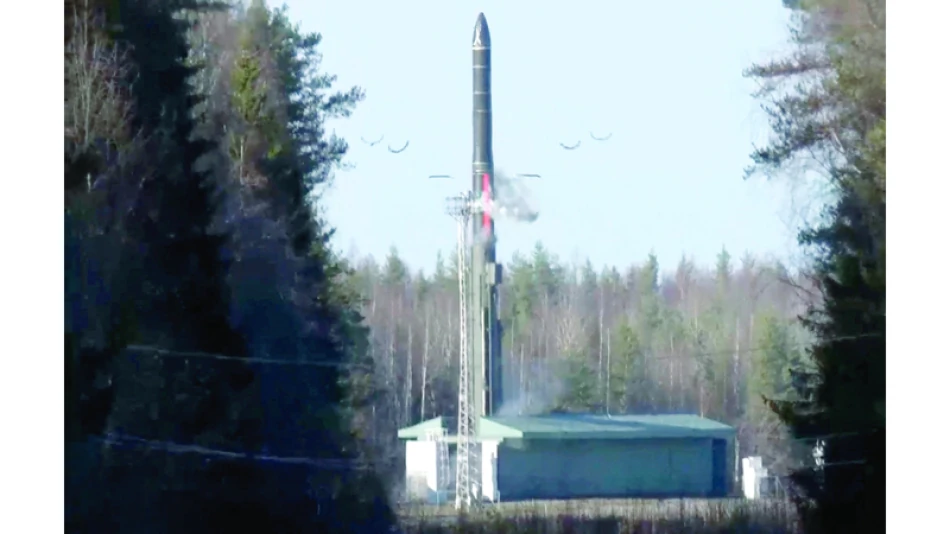
Putin Oversees Test of Russia's Nuclear Readiness Capabilities
Russia carried out a major nuclear forces exercise yesterday, with President Vladimir Putin overseeing missile tests across land, sea, and air platforms. The timing comes as NATO conducts its own annual nuclear drills, highlighting the ongoing military tensions between Russia and the West.
The Russian exercise tested multiple nuclear delivery systems. Forces launched a Yars intercontinental ballistic missile from a space facility, fired a Sineva ballistic missile from a nuclear submarine in the Barents Sea, and deployed nuclear-capable cruise missiles from strategic bombers.
These drills serve a dual purpose for Moscow. They test the actual readiness of Russia's nuclear command structure and remind adversaries that Russia maintains the world's largest nuclear arsenal. The Kremlin said the exercise evaluated "the level of readiness of military command and the practical skills of operational personnel in organizing control over their subordinate forces."
The timing is significant. NATO launched its annual nuclear exercise "Steadfast Noon" earlier this month, involving about 60 aircraft from 13 countries. The alliance's drills, hosted by Belgium and the Netherlands, include F-35A fighters and B-52 bombers.
For defense analysts and policymakers, these parallel exercises reflect the current state of East-West relations. Both sides are demonstrating their nuclear capabilities during a period of heightened tensions. Russia's nuclear posture has become more prominent since the Ukraine conflict began, while NATO has reinforced its deterrence commitments to member states.
The exercises also matter for global security markets. Defense stocks often see increased interest during periods of military tension, while broader markets can experience volatility when nuclear powers conduct high-profile weapons tests. Russia's nuclear demonstrations particularly influence European energy and defense sectors.
Most Viewed News

 Sara Khaled
Sara Khaled






